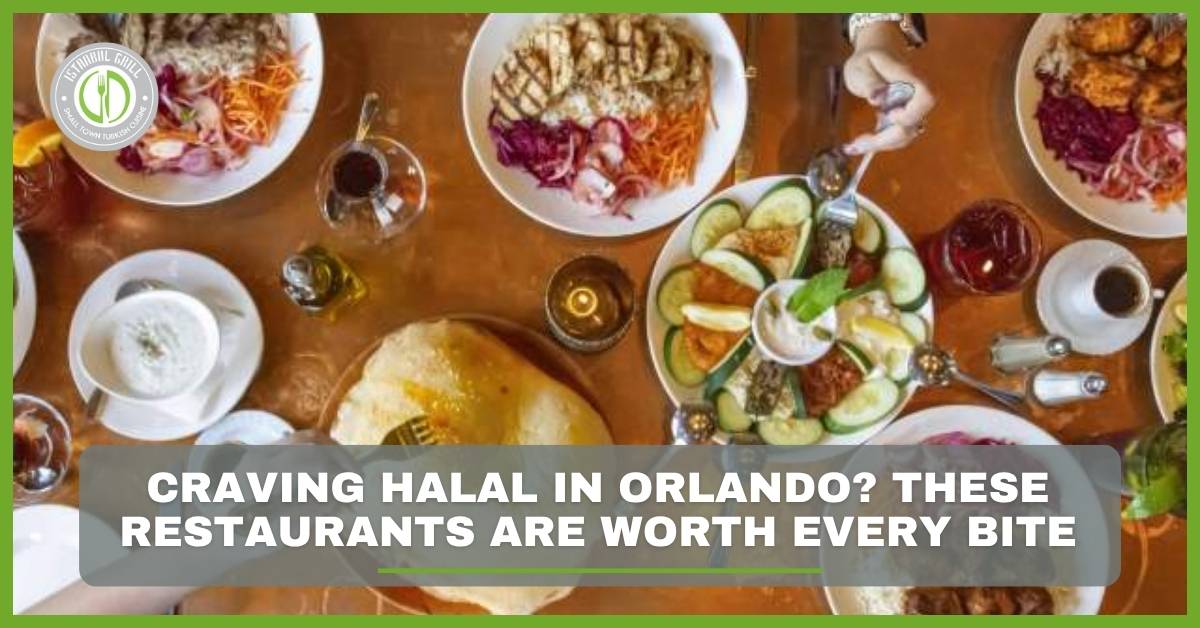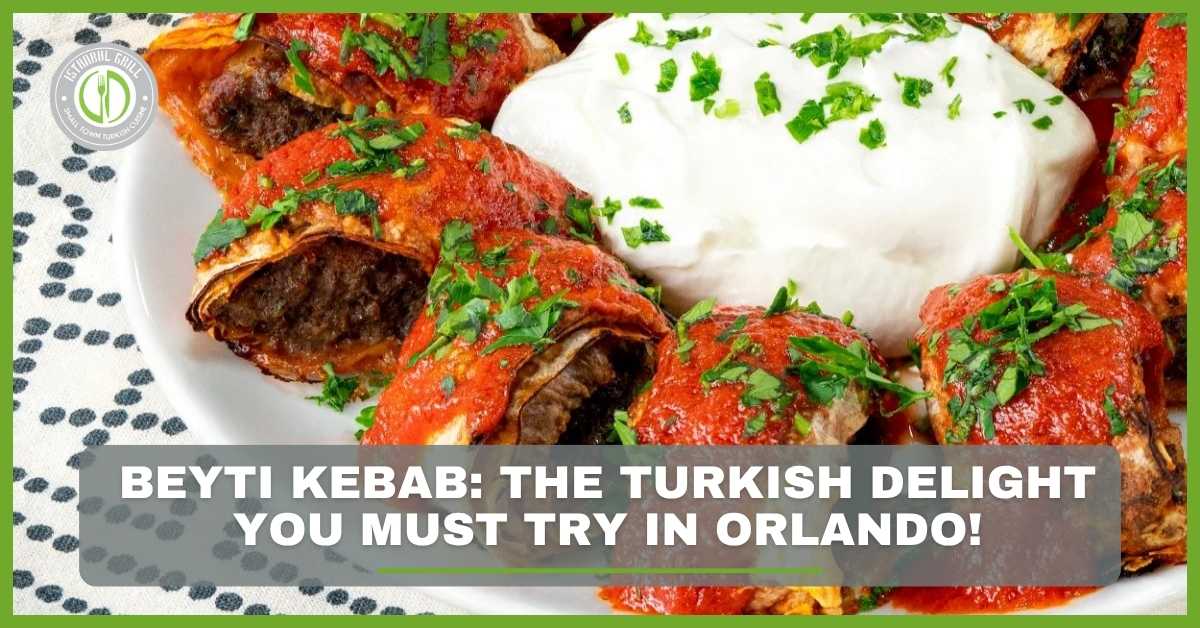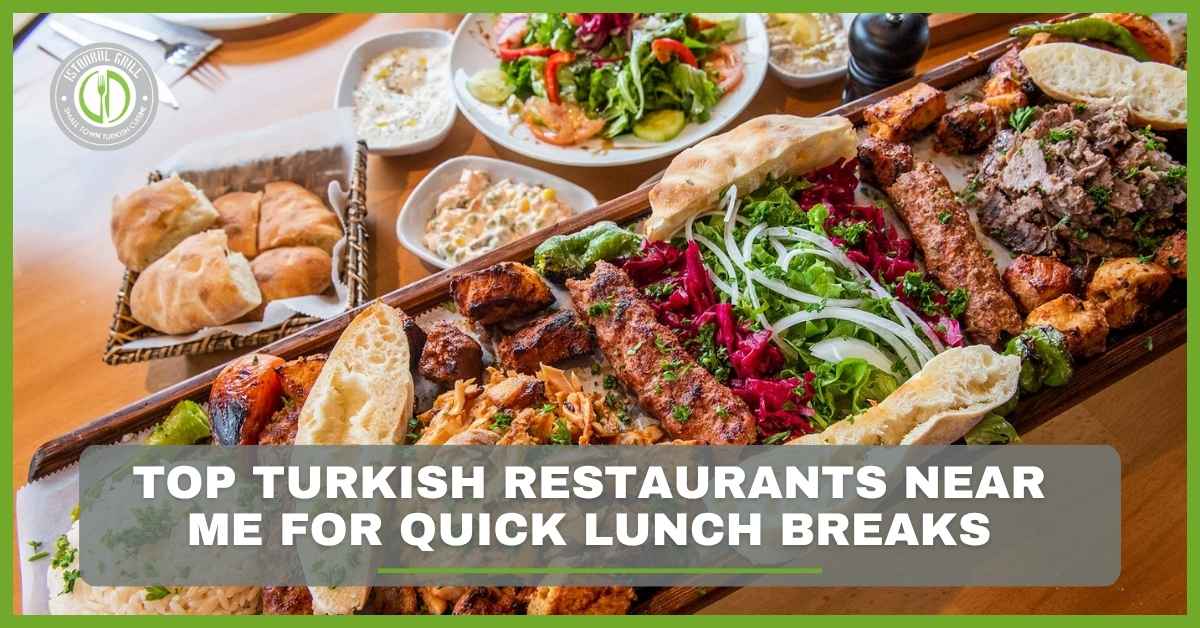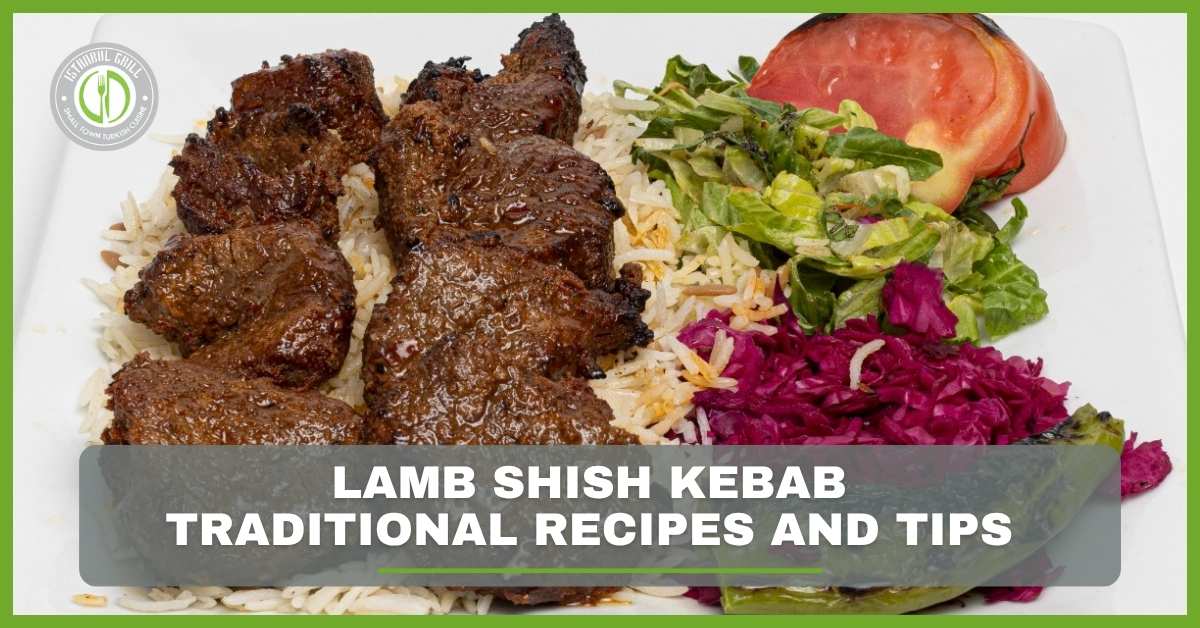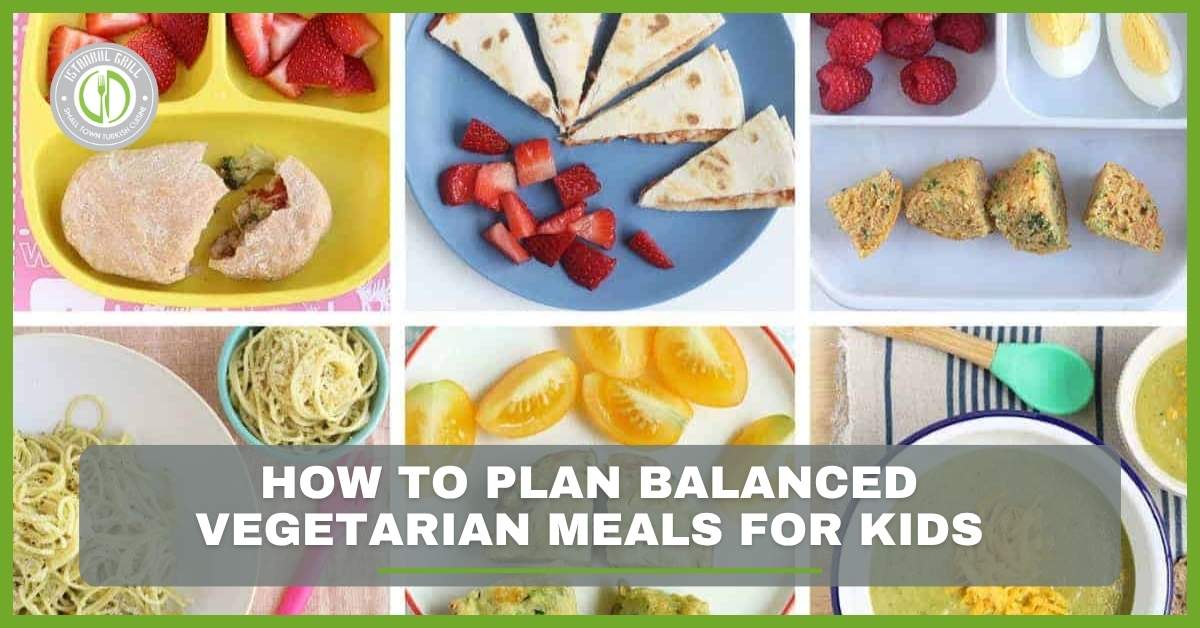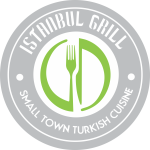It is inherent that cold appetizers are often a necessity for a meal and can be incorporated into most foods. Especially when people want appetizers before the main meal. These chilled starters are an eminently variable type, and you can make them as primary or gourmet as you wish. They are meant not just to create appetite but also to create a palate for what is awaiting them for dinner. They can be as easy as going with the basics. For instance, cucumber cut into slices with cream cheese, or as elaborate as cold dishes such as ceviche or cold smoked salmon rolls.
Cold appetizers are the best in large gatherings because there are many, and preparing them is relatively easy. Most of these meals are cold foods, which means they are particularly appropriate if you prepare a cocktail or just an appetizer before sitting down for a heavy dinner. Just picture your guests chatting and getting to graze on beautifully presented items. Such as prosciutto-wrapped melon or cherry tomatoes filled with goat cheese. Eleven of these tables yield an aesthetic appeal and are ideal for food. That can be easily consumed when a person is standing or conversing.
In this article, we’ll explore the world of easy cold appetizers, answering questions like: Why are they called appetizers? What sorts of dishes are classified as cold appetizers? What is a cold appetizer? But when is the best time to serve them? Let me take you straight into the fantastic world of these chilled cuisines now.
Why Are They Called Appetizers?
The word “appetizer’ is derived from the Latin term appetite. It is known as an appetizer because it is supposed to make you hungrier for the next course. They are pretty easy to define – they are the first to tickle your taste buds and prepare your stomach for what will come next. Picture entering a space that smells heavenly, and the first thing you are presented with is a mini, intense, light-tasting tidbit. Such as a canapé or miniature bruschetta. That’s what an appetizer must do – leave a good first impression while not plunging you into satiety in one go. It is not a complete meal, but enough to make a person look forward to the next one.
Hors d’oeuvres are usually small and simple to help ensure that the main meal won’t be preempted. Some of the most preferred classes of appetizers are advantageous in that they can be prepared way ahead of time and do not lose their chill or taste. You don’t have to fret over keeping them warm sometimes; they can be served beautifully with little effort.
It is also an effective means to present one or another product, depending on the time of the year or introduce new tastes to the guests. Cold appetizers serve as a warm-up, as it were, to your event. Whether it’s a cocktail party or a seated dinner, allow your guests to preview what is to follow.
Understanding a Cold Appetizers Menu
A cold appetizer menu is a list of appetizers that have been refrigerated or partly prepared in advance and are offered before the meal. This menu may all differ based on the type of cuisine. The occasion of the event, and the customers’ prerequisite choice. The advantage of cold appetizers is that they are as plain as slices of vegetables and dips or as exquisite as smoked salmon on crisp bread toasts or a fabulous shrimp cocktail.
Cold appetizers may be served as a buffet, at cocktail parties, or during the initial course of those formal dinners. It ensures that the guests of the host or chef are fed while the chief is preparing the meal’s main course. Imagine a platter with a selection of cheeses, olives, pickles, cold meats, and so on. They are not cold but slightly cooler than room temperature.
For example, an aperitif at a summer garden party includes a chilled gazpacho shooter, deviled eggs, or a colorful salad served with a vinaigrette. Gorgeous cold appetizers that can be served at even more formal occasions range from a neatly sliced piece of foie gras or tartare on toast circles.
This is one of the things that make the cold appetizer menu so fascinating because it is so versatile. There is always the right cold appetizer to match the atmosphere or occasion for a party, casual dinner, or when entertaining a few guests. Second, many cold appetizers can be prepared in large portions and look festive, so they are popular with many hosts.
Which of the following best describes Cold Appetizers?
A cold appetizer is usually a miniature course, which can be served at room temperature and is generally eaten before the entree meal. All these dishes are not very heavy but tasty enough to combine different textures and tastes, which is essential if people want to avoid getting fat. Cold appetizers may be in finger food salads or even small portions of fish/chicken/ beef, among other food categories.
An example is a fresh tomato with basil on a piece of brown toast drizzled with balsamic vinegar or a teaspoon of tuna tartare deposited neatly on a crispy wonton. They are equally suitable as cold appetizers. Cold appetizers: basic cooking techniques explained. They look colorful, are easy to handle when taking, and are usually very tasty.
Cold appetizers may contain foods that can be prepared and served in crisp, elaborate, and colorful. For example, fruits, green vegetables, fish, or processed meat products. They may also embrace creamy bits as cheeses or dips to act as their wealthy counterparts. They embrace bacon as meat that can qualify as a rich food type. Essentially, the cold appetizer has to blend multiple tastes and feels. That, when combined in a single mouthful, doesn’t create a gastronomic cacophony that numbs the taste buds.
What is more, cold appetizers can be unpretentious with no pizazz or chic yet chic and elegant at the same time. A just-prepared mozzarella dish with tomatoes and basil will be as delicious as frilled seafood with oysters and shrimp. In any case, a cold appetizer will surely bring any meal to a stylish start.
When to Eat Cold Appetizers?
Cold appetizers are widely used before the main course but can be used at different times. For example, during working or party time. Such chairs are suitable for brunches, picnics, or cocktail parties, during which people usually sit standing or move around. Because tartines are small we have several on the plate. They can be easily consumed in a restaurant without a fork and knife.
It is a tradition to have cold appetizers as part of the meal’s first course. If you are staging an official dinner party. They offer the guests lighter foods that complement their thirst while waiting for the actual courses to be served. In buffets or where there are many people. Cold appetizers are usually used on occasions when guests slowly satisfy their hunger throughout the night.
Cold appetizers are also suitable for events such as barbeque, beach parties, or any event in areas you will likely prepare before a major party or event. Because they do not have to be reheated. They can be prepared in advance, kept in the refrigerator, and brought out on the right occasion. In some cultures, people prepare and present cold appetizers as part of the appetizers as they are part of many courses in some cultures commonly referred to as mezze or antipasti. The information, of course, was to be consumed leisurely, with conversation along with drinks before the central part of the meal was taken.
FAQs
Is canapé a cold appetizer?
Yes, a canapé is a cold appetizer and usually can be described as a festive bite-size food placed on a biscuit base such as a cracker.
Are cold appetizers lunch or dinner?
Cold appetizers can be served at lunch or dinner, depending on the desired occasion. They can be used throughout the day and are perfect for any event or meal.
What is a fancy appetizer called?
An appetizer by any other name might also be called a hors d’oeuvre. A French term that means foods set out before the meal to tempt the palate.

